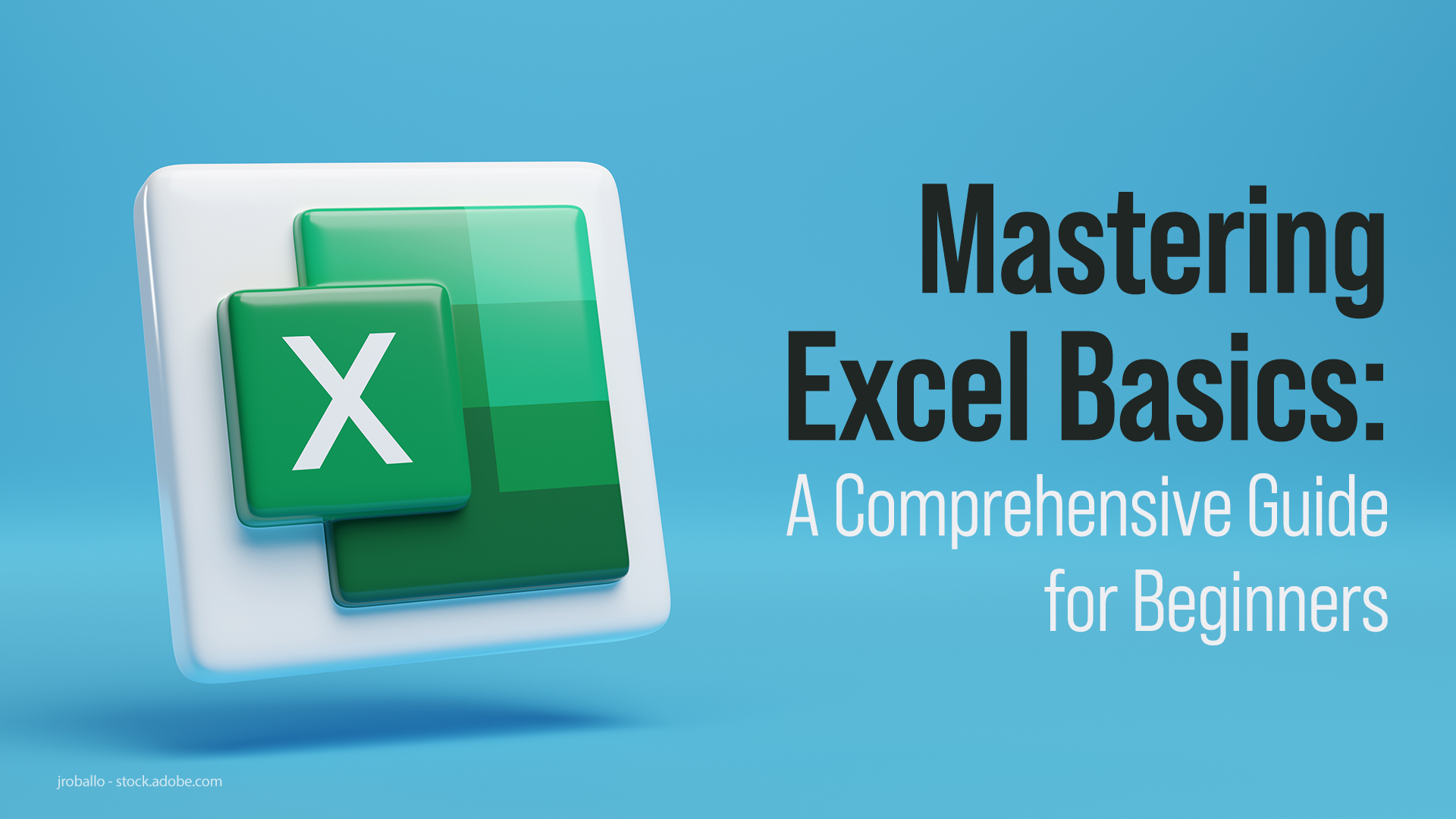Mastering Excel: How to Reference Sheets Easily

Understanding Excel Sheet Reference Basics

Excel, Microsoft's powerful spreadsheet application, offers vast functionality for data manipulation, analysis, and storage. One of the core features in Excel that enhances its usability is the ability to reference different sheets within a workbook. Whether you're compiling financial reports, managing project schedules, or conducting scientific research, understanding how to reference sheets effectively can streamline your workflow and make your data management much more efficient. Here, we'll explore the essentials of sheet referencing in Excel, providing you with a robust foundation for handling data across multiple sheets.
Why Sheet Reference is Important

- Enhanced data organization: By referencing different sheets, you can keep your data organized, making it easier to locate and update information as needed.
- Data consistency: Sheet referencing allows you to maintain consistency by pulling data from a master sheet into multiple sheets, reducing the chance of errors.
- Dynamic updates: Changes in one sheet can automatically reflect in others, ensuring your data remains current without manual updates.
Basic Techniques for Referencing Sheets in Excel

Direct Sheet Reference

The simplest method to reference a cell from another sheet is through direct reference. This involves typing the sheet name followed by an exclamation mark and the cell address:
=SheetName!A1
For instance, to reference cell A1 in a sheet named "Summary", you would type =Summary!A1 in the formula bar of another cell.
🔑 Note: Spaces or special characters in sheet names require single quotes. For example, `'My Sheet'!A1`
Indirect Sheet Reference

The INDIRECT function provides a more flexible approach by allowing you to reference sheets indirectly:
=INDIRECT("SheetName!A1")
This function can dynamically construct the reference string, making it particularly useful when dealing with sheets whose names might change or when you need to reference sheets based on user input or cell value.
Using 3-D References

For those working with multiple sheets containing similar structures, 3-D references can be a game changer:
=SUM(Sheet1:Sheet3!A1:A10)
This formula will sum the values from cell A1 to A10 in all sheets from "Sheet1" through "Sheet3".
🔍 Note: 3-D references are not just for summing but can be used with various functions like AVERAGE, MIN, or MAX as well.
Advanced Techniques for Sheet Referencing

Using Named Ranges

Named ranges can simplify references by replacing long cell addresses with meaningful names:
- Select the cells you want to name.
- Go to Formulas > Define Name and provide a name for your range.
- Now you can reference this range across sheets:
=NameReference
Data Validation for Sheet Names

When dealing with variable sheet names, use Data Validation to control user input:
=DataValidation(SheetName)
Here, you can create a drop-down list in a cell where users can select the sheet name, making referencing both intuitive and error-proof.
Cross-Workbook References

Excel also allows you to reference data from one workbook to another. Here's how you do it:
='[SourceWorkbook.xlsx]SheetName'!A1
Where "SourceWorkbook.xlsx" is the name of the external workbook, and "SheetName" is the sheet you're referencing. Remember that both workbooks must be open for this reference to work.
⚠️ Note: Always check the security settings for external references to ensure you're not exposing sensitive information or risking unauthorized access.
Best Practices for Sheet Referencing

- Use descriptive sheet names: Ensure clarity by naming sheets with meaningful and descriptive titles.
- Organize your sheets logically: Place related sheets adjacent to one another for easier navigation.
- Maintain a master sheet: Use a main sheet for entering data to reduce errors from manually updating multiple sheets.
- Document your references: Keep a log or a summary sheet where all your references are explained, aiding future users or your future self.
By mastering these techniques and following best practices, your experience with Excel sheet referencing will become more efficient and error-free. The ability to link data across sheets not only enhances productivity but also provides a dynamic approach to data management, where changes propagate automatically, ensuring your data remains up-to-date and accurate.
Can I reference cells from sheets in different workbooks?

+
Yes, you can reference cells from sheets in different workbooks using the formula =‘[WorkbookName.xlsx]SheetName’!A1. Ensure both workbooks are open to create and maintain the reference.
How do I avoid errors when sheets are renamed?

+
Using the INDIRECT function or named ranges can help you avoid errors when sheets are renamed. These references can be updated to point to the new sheet name without manually changing every formula.
What’s the difference between a direct and an indirect sheet reference?

+
A direct reference explicitly points to a cell or range in a specific sheet using its name (e.g., Sheet1!A1). An indirect reference, via the INDIRECT function, allows you to reference a sheet by dynamically constructing the reference string (e.g., =INDIRECT(“Sheet1!A1”)), which is more flexible and can adapt to changes in sheet names.



